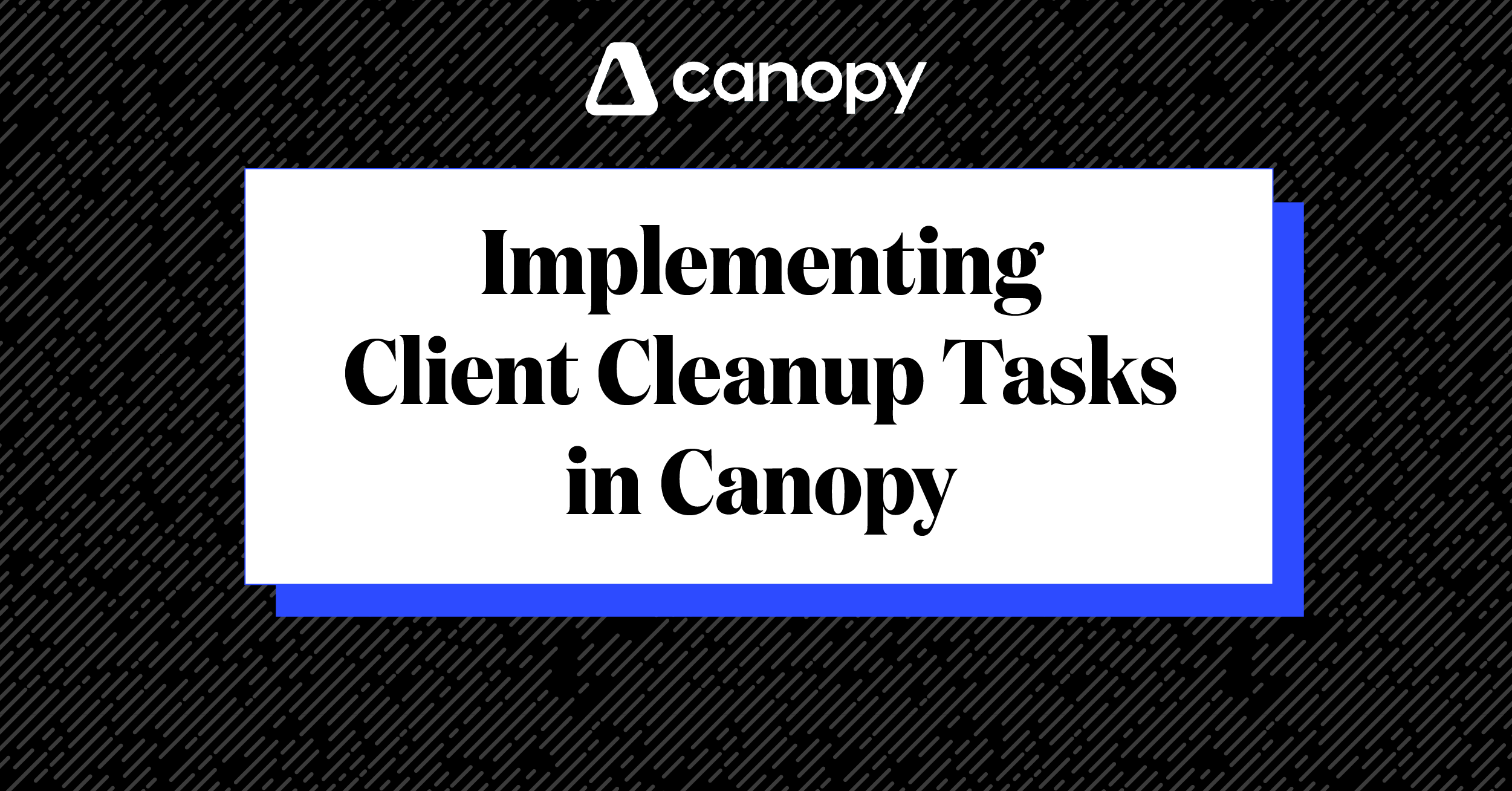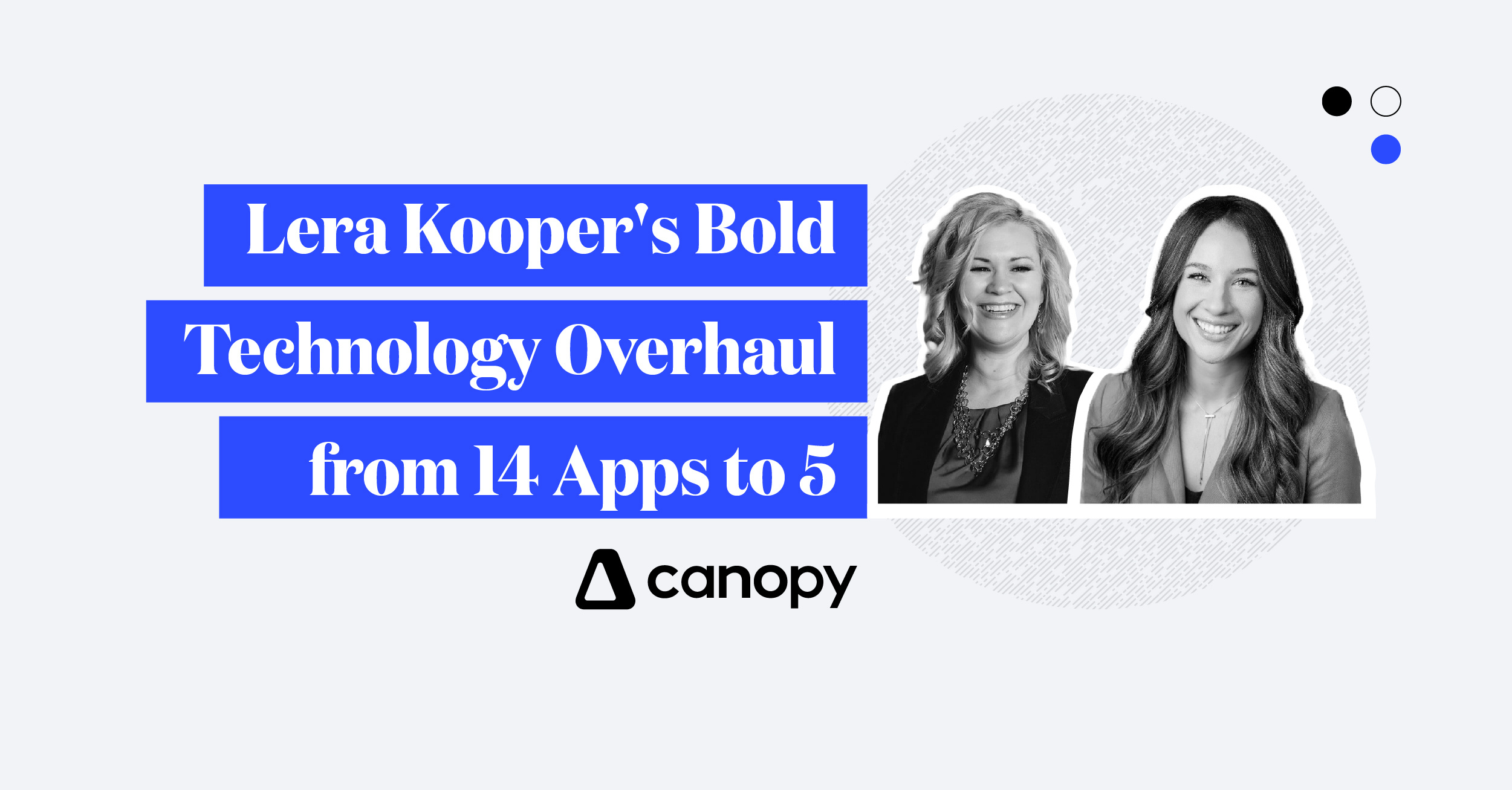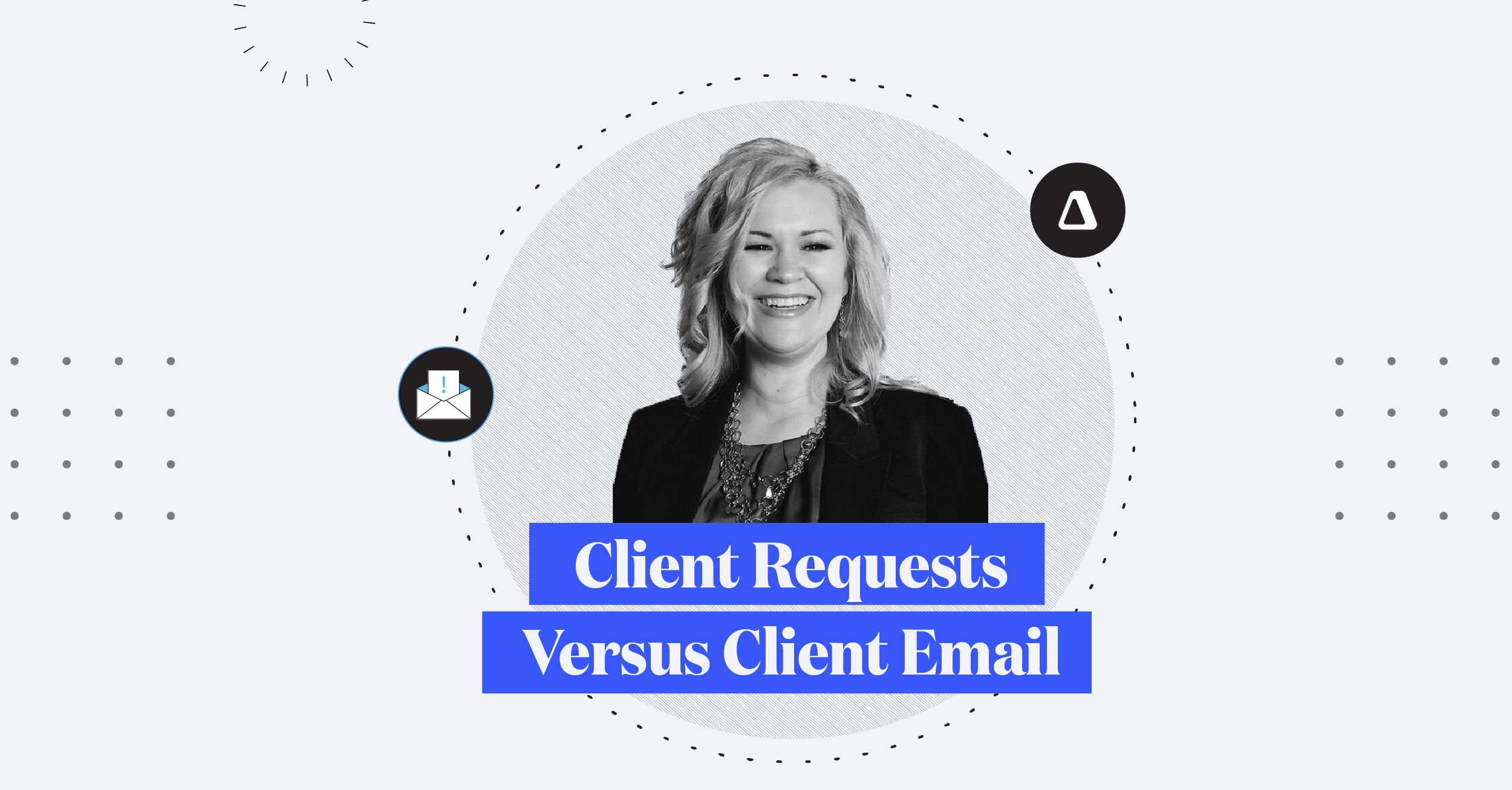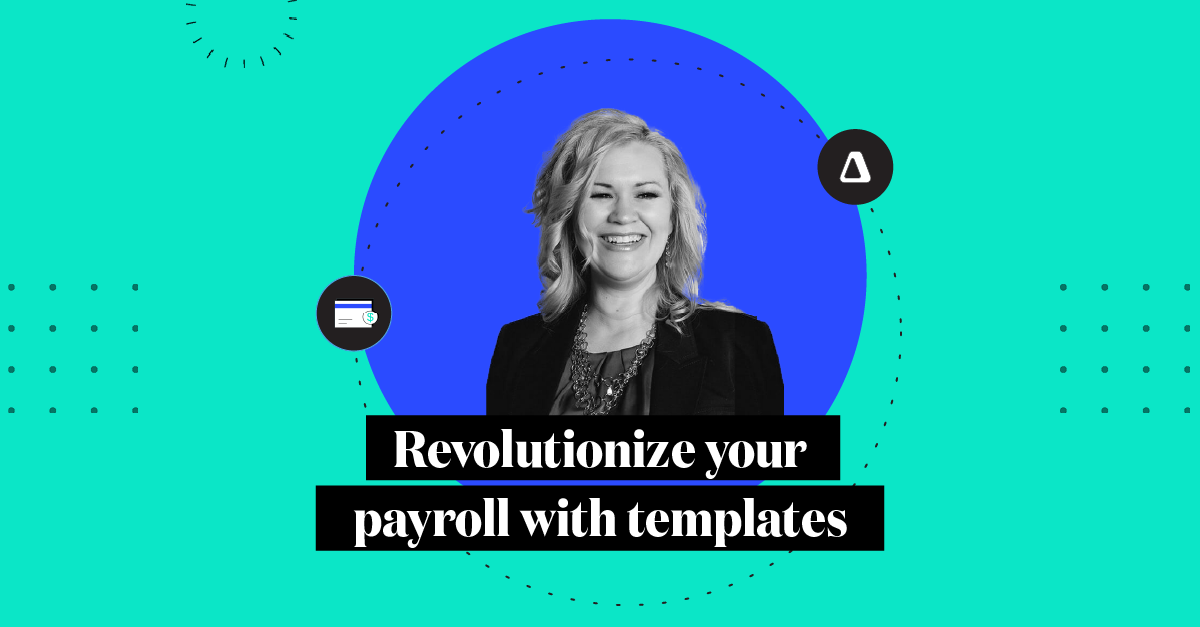Task Templates are a Blueprint for Success
Accounting efficiency and consistency are the keystones of client satisfaction and team productivity. Workflow automation, specifically through task templates, offers a robust solution to streamline processes across your team. Templates standardize repeatable processes and ensure that tasks are evenly distributed and managed, regardless of the team members involved. This is where the power of Canopy's task templates shines, especially in processes like client onboarding and cleanup operations.
Liz Scott, an Accounting Technologist, has crafted a comprehensive task template designed to standardize and streamline these crucial processes. With an expertly designed system, each task list, work documentation, and communication pathway is organized, ensuring top-notch quality control and enhancing client satisfaction.
This guide introduces the concept of task templates and provides a comprehensive walkthrough for implementing a cleanup task template for new client onboarding.
Why Use Task Templates?
Task templates are invaluable in setting a structured approach to standard processes within your firm. Using a template for client cleanup work ensures that every step, from data collection to final review, is handled uniformly, reducing errors and improving overall workflow efficiency. These templates help in:
- Dividing up tasks among team members based on roles and expertise.
- Standardizing client onboarding steps, particularly cleaning bookkeeping records, is crucial for new clients.
- Ensuring consistent quality of work, with predefined roles for execution and review.
Implementing the Canopy Task Template for Cleanup
To perform these tasks, log in to your active Canopy account. This area allows you to manage and create new templates.
Step 1: Creating a Task Template
From the Templates section:
- Navigate to the client you wish to create the task for
- Select 'Create Task'.
- Choose 'Cleanup Task Template' from the available templates.
- Apply the template, which automatically assigns it to the selected client.
NOTE: After applying the cleanup template, the email to request documentation will be automatically sent to your client.
Step 2: Automating Client Communication and Document Requests
You will see the first task appear which involves reviewing and finalizing the document request to the client. Emails and portal requests are sent to the client to activate their portal and submit necessary documents like bank statements and tax returns.
- Review and edit the portal messages to ensure they clearly communicate what documents are needed and your firm's tone.
- This setup helps gather all required information upfront, smoothing the cleanup process.
Step 3: Refining Task Details and Due Dates
- The template includes default due dates, typically setting a two-week completion window for a standard cleanup project. These can be adjusted based on each client's specific needs.
Step 4: Monitoring Tasks and Documenting Progress
The template automatically organizes the cleanup process into phases and incorporates clear communication and expectations:
- Account Review: Detailed checks on accounts receivable, accounts payable, aging reports, and reconciliation activities.
- Final Review and Reporting: After the cleanup, financial statements are delivered to the client to address any discrepancies before finalizing reports.
Track client questions and findings on a collaborative document referred to in the template as a "Cleanup Working Document."
Step 5: Finalizing and Closing the Books
- Once all phases are completed, if necessary, a closing date and password for the books can be set, and all final documents and notifications will be sent to the client.
Customize to Fit Your Firm
Using Canopy's task templates significantly enhances the efficiency and effectiveness of client onboarding, particularly in the critical phase of bookkeeping cleanup. By automating standard tasks, ensuring thorough documentation and review, and maintaining clear communication with the client, your firm can establish a reliable and professional start to ongoing client relationships. Remember, while the template covers 80% of the process, the remaining 20% can be customized to align with your firm's specific needs, ensuring a personalized and thorough approach to each client's unique requirements.

Liz Scott is an accounting technologist and an Advanced Certified ProAdvisor who helps businesses leverage the best technology solutions for their needs. She is the owner of Liz Scott Training & Consulting LLC, where she provides technical training and on-demand resources for best-in-class apps and solutions in the accounting space. She is also a member of the exclusive Intuit Trainer/Writer Network and the co-host of the QB Appy Hour with Liz and Heather, a fun and informative webinar series that showcases the latest technology trends and best practices. Liz has been recognized as the Insightful Accountant Top Educator/ Trainer/ Writer ProAdvisor for her contributions to the accounting community. You can connect with Liz on Facebook, Twitter, and LinkedIn.
READ MORE BY Liz






Get Our Latest Updates and News by Subscribing.
Join our email list for offers, and industry leading articles and content.